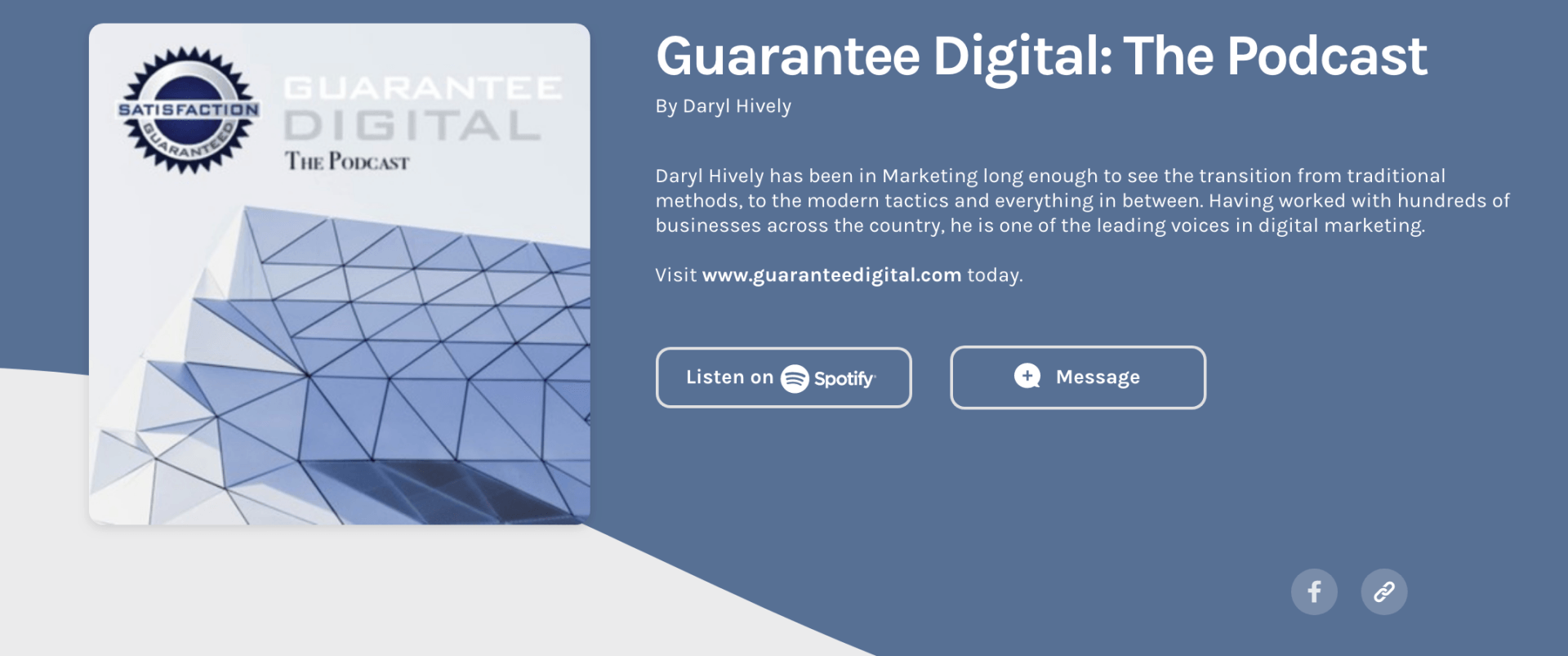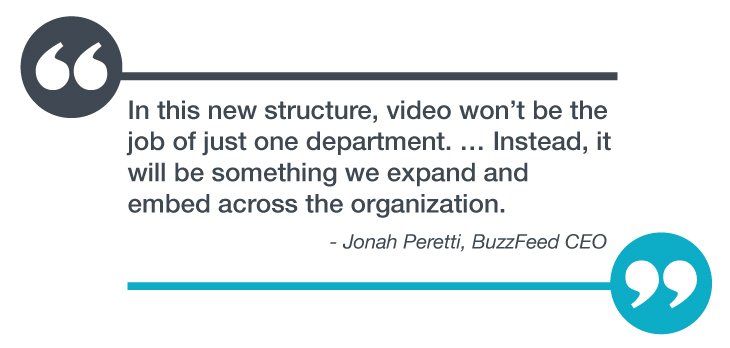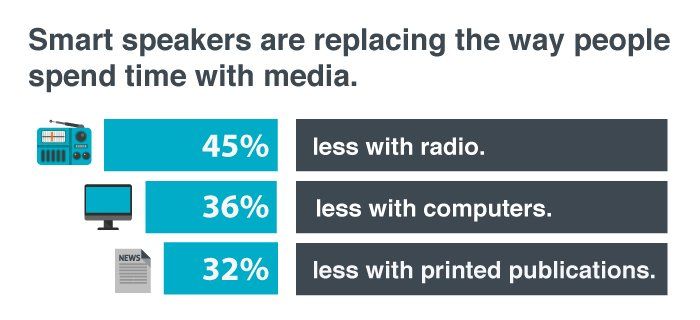Video & Audio Journalism – the Instant, Omnipresent Journalism
Since the invention of televisions, visual consumption of news and stories has never ceased to engage audiences. With technology, all screens and devices from cell phone to tablets to watches, now offer photo, video and audio engagement at the reach of our fingers, at any time. Video content is becoming the main form of communication that viewers rely on for information and knowledge, as well as entertainment. Not only that, online search engines give top spots for new highlight and breaking news videos.
Smartphones
Phones now offer affordable and easier ways to communicate via video. With even the basic offerings, it is possible to produce news quality live recordings at the scene of an event. The use of tripods and selfie sticks, as well as external microphones help improve the details and quality for better editing and adding final touches. Not only that, with wifi and high bandwidth speeds at home, videos are instant and easy accessible by anyone.
One of the most important ways smartphones have benefited the journalism industry is providing better ways for sources and interviewees to remain anonymous and be able to remain in undisclosed locations. Reporters have more freedom to be able to work remotely and be able to tweet photos, embed videos on social media platforms, so that people will get immediate content and be connected at all times. Consider utilizing mobile devices in more facets of your daily work and connect them with your online blog, website and social media sites. This can mean being the first to inform your audience about a local event or national news and increasing your reach.
Podcasts
Most blogs or articles include the audio or video recording of the content for easier consumption for mobile users. It is more intuitive for users to watch or listen to a sixty second video, rather than read a whole article. This content can also get used for podcast interviews and series, which help build brand loyalty for news organizations and companies alike. Podcasts can be used as follow up pieces on breaking news stories and become the biggest traffic winners online.
Podcasts are very inexpensive to produce and allow a more relatable audio format discussion on current news topics.
Most of our smartphones, as well as tablets, provide quick and easy ways to listen and follow our favorite and popular speakers, writers and bloggers. The informality of podcasts, allow the audience to draw closer and get a better understanding of a brand. Many publishers strategize to constantly increase the amount of content, without putting too much thought to quality as they cope with the digital world. With podcasts, the content can be more unique, personal and grow brand loyalty.
Smart Speakers & Virtual Assistants
Talking to technology has been a natural instinct for a long time, but without any expectation that it would talk back or do tasks. Since the launch of Siri in 2010, now anyone that has a smart speaker or smart watch or phone can interact with a virtual assistant. As an assistant, it can provide information about the weather, set alarms, play music, read audiobooks and play videos, just to name a few popular features. And all this without looking at a screen; mainly using voice commands, users can access information and news.
In journalism, news briefings are one of the most popular ways users get their information and also how newspapers build their brand. Most assistants allow consumers to organize the options and order of news outlets they want to hear from. Still playing music and checking the weather are more popular uses, compared to listening to the latest news.
While newer functionalities are still being developed and improved upon, it seems obvious publishers that have missed the initial train need to consider virtual assistant and smart speakers as one of the mediums in which they can build credibility. It is an actual new voice that newspapers can opt to use to engage and attract consumers. But as you consider this option, be aware of the need to adjust the content for the virtual assistants. Specifically focusing on how the content is being consumed – shortened versions and quick snapshot information. As users get more familiar with their smart speakers and its responses, there is a factor of empathy and connection with the consumer. According to the Netpop Research principal analyst Josh Crandall, “In the future, news organizations will deliver the depth of coverage that’s of interest without limitation to a specific mode of distribution.”













